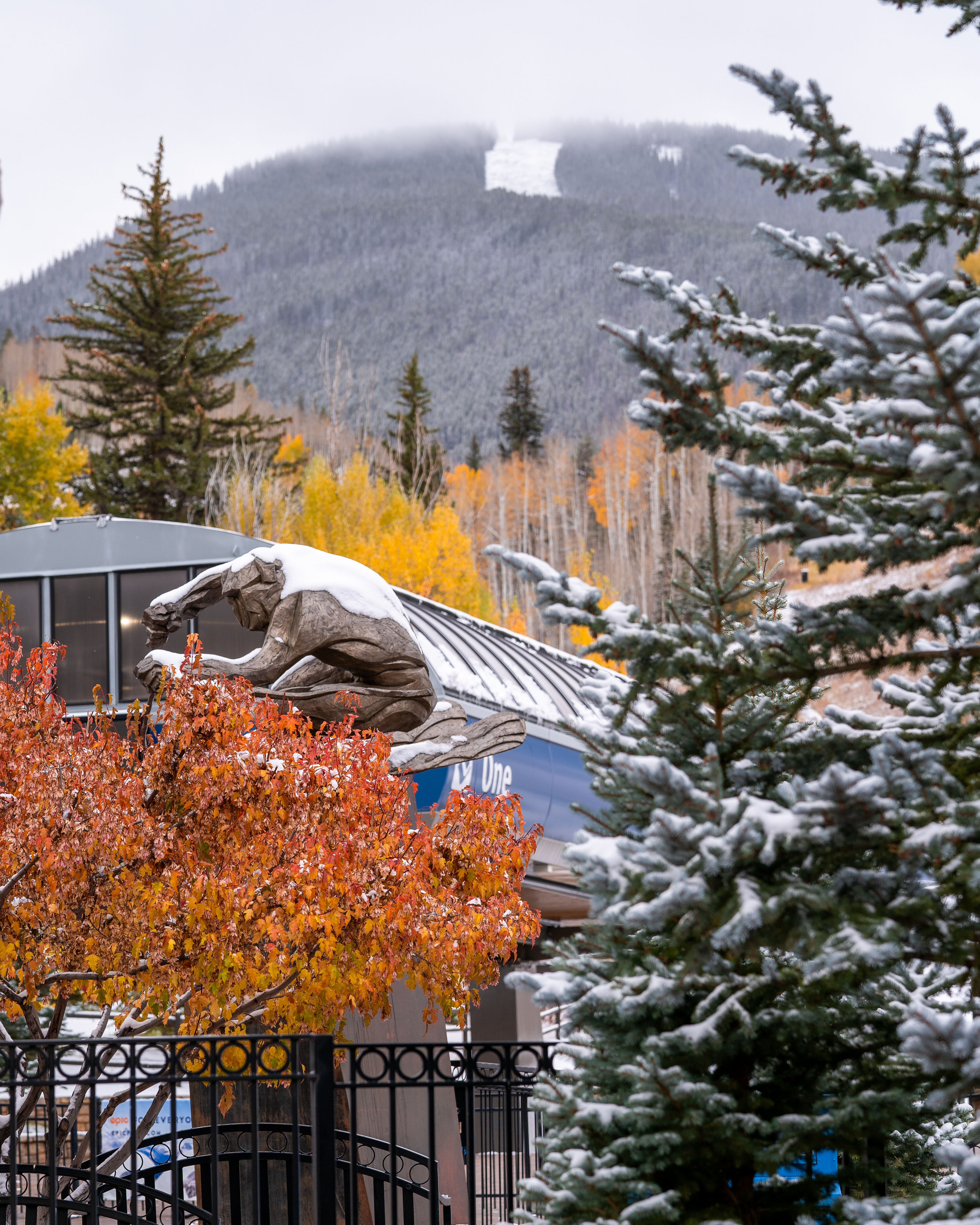The Vail Blog
Back Bowls and Beyond
Get the inside scoop on everything you need to explore our Legendary Mountain!
Showing9 of 29
Powder Playbook - Holiday Edition!
Powder Playbook - Thanksgiving
Top 5 Things To Do In Vail This Fall
Start Planning Your Summer Trip to Vail
Top 6 Thing To Do In Vail In April!
A Powder Hound's New Best Friend
How to Make the Most our of your MLK Weekend Trip to Vail
Christmas Holidays at Vail Mountain!
It's a BIG week at Vail Mountain
Thanksgiving Week Skiing and Riding
Vail Mountain's Photo Pros Talk Fall Photography
Tips For Summer In the Mountains
20th Anniversary GoPro Mountain Games kick off summer in Vail
Check Out The New Hangout At Golden Peak
National Brotherhood of Skiers Selects Vail Mountain for 2023 Golden 50th Anniversary Summit
Fun in the Sun: Spring Skiing in Vail
Legendary Terrain: Biggest Mountain in CO
Behind the Rope Drop: Blue Sky Basin
The Best Day: A Beginner's Guide to Vail
A Guide to Adventuring at Altitude
The History Behind Vail’s Trail Names
Showing9 of 29





























